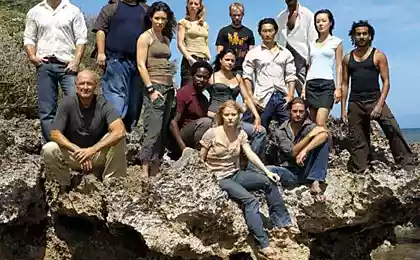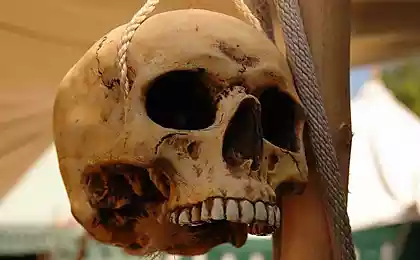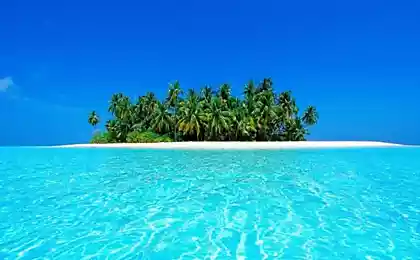1223
O. Jeju "Island of the Gods".

Jeju - The biggest island of Korea, and considered the most beautiful of the many Korean islands. It is located quite far into the ocean, about 185 km from the coast of the Korean peninsula. Because of its isolated position and appearance of the romantic tropical island is a popular holiday destination of tourists and honeymooners.
"Island of the Gods", "The Island Suite", "Oriental Hawaii", "Emerald Island of the East", "Mandarin Island" ... Once the do not call in South Korea this island. But that's not all. It has long been for this, the most mysterious of the Korean provinces, its fame as "triple island of plenty": stones, wind and women ...
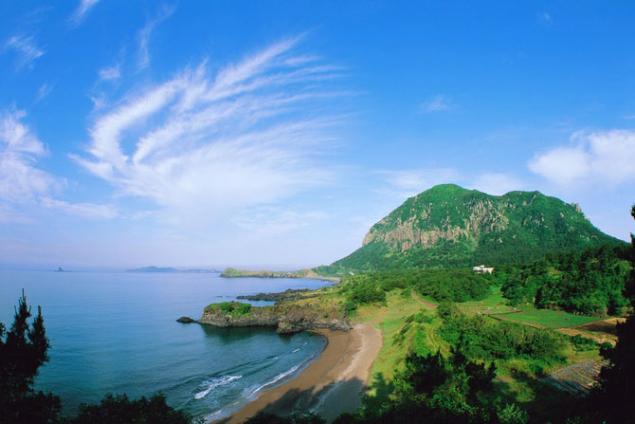
All indeed the case: the climate is subtropical, so Jeju - the only place in the country where mature delicious tangerines and oranges, grapefruits, mangoes, small sweet bananas, and even pineapple. It can be clearly seen four seasons. The average annual temperature is + 15 ° C. In summer, the temperature ranges from 22 ° C to + 26 ° C.
Jeju Island was formed by the eruptions of undersea volcanoes, cones, which gradually rose above the sea surface. In the center of the island rises Mount Halla - the highest point in South Korea. This mountain in the beginning of our millennium has been an active volcano and the whole island is made of volcanic tuff. Black rock island break off into the ocean, the coast of its spring are yellow-gold from millions of colors, and in winter, when the mountain of Halla-foot layer of snow cover at the bottom, just ten kilometers away, the trees are green, ripen in the greenhouse pineapples and bananas.
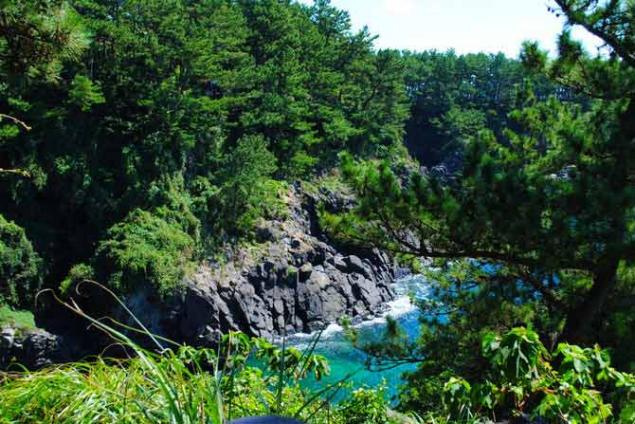
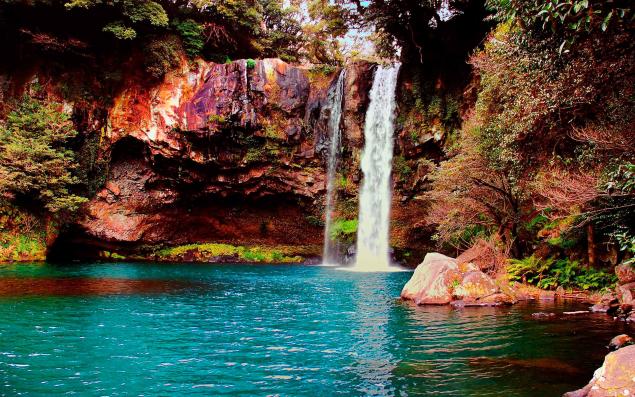
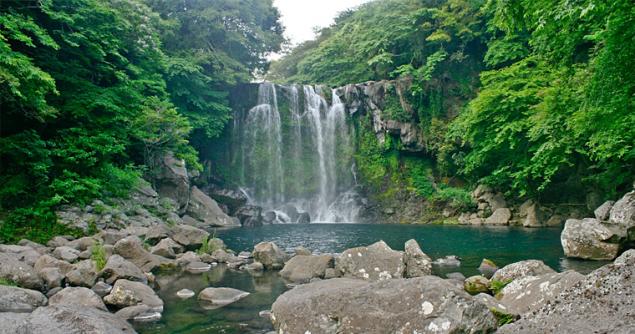
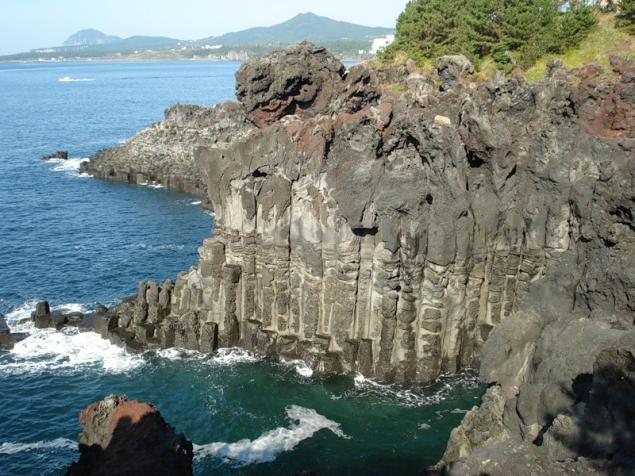
On top of Mount Halla, which means "Mountain, is the beginning of the Milky Way" is a lake Bennoktam ("Lake of white deer"). This lake occurred 25,000 years ago by a volcanic eruption. According to legend, Bennokdam is a place where the immortal beings descended from heaven, playing with white moose. That is why the mountain is still white all year round (in fact, Halla Mountain is covered with snow from autumn to early summer).
White sandy beaches, bizarre basalt rocks and volcanic caves; flowing directly into the sea sparkling waterfalls; majestic pines over the ocean; luxury hotels on the coast ... And among all this beauty lives are friendly, hard-working and very nice people - Koreans Jeju.
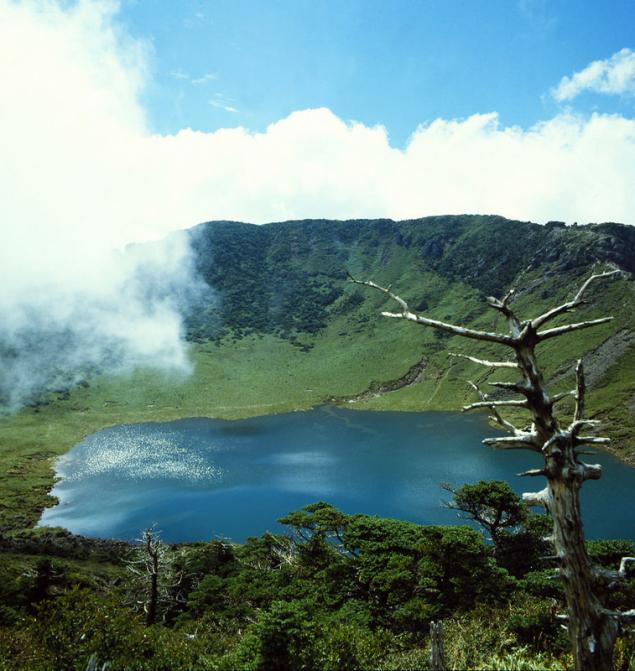
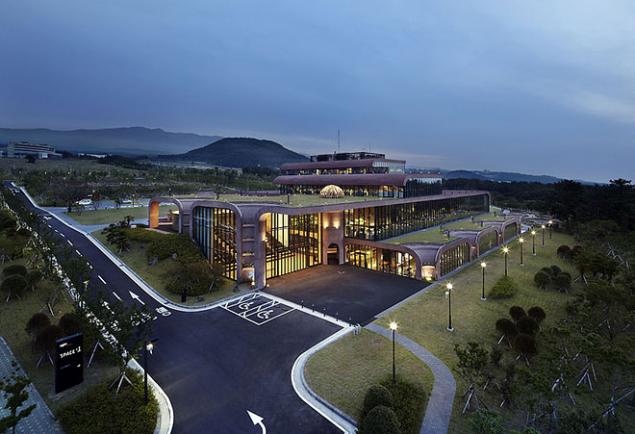
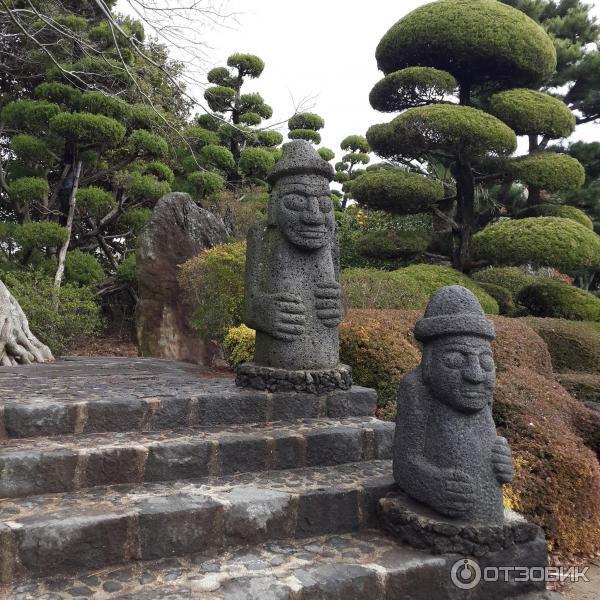
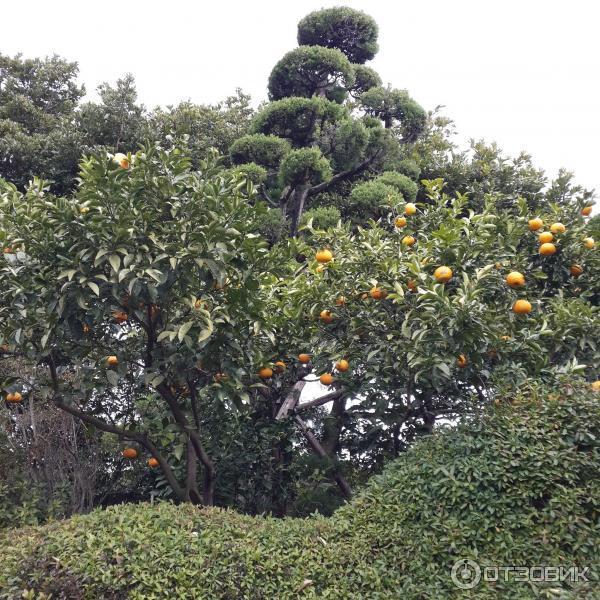
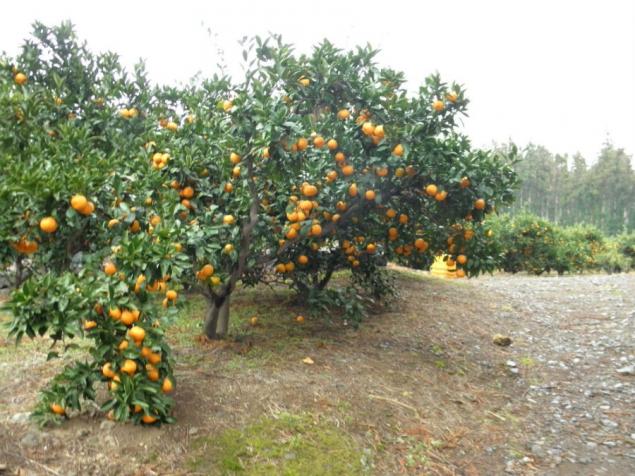
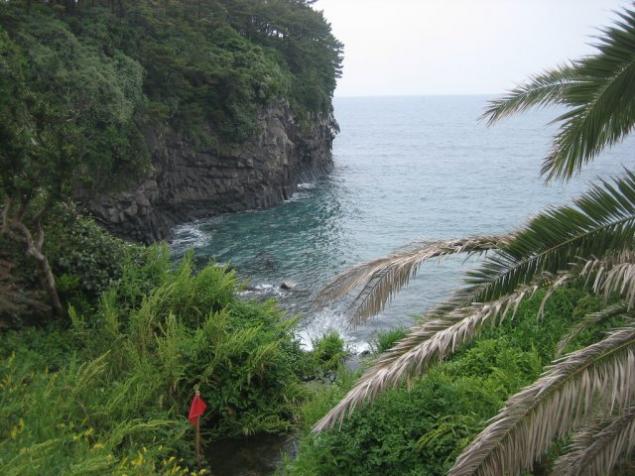
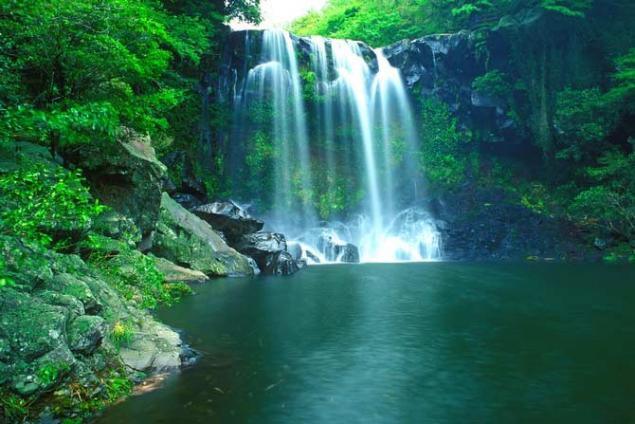
That's because the amazing thing - between the island and the mainland just a little more than a hundred kilometers, but the way of life of the islanders and the inhabitants of mainland Korea are very different, and the language spoken in Jeju, is only a distant resemblance to the Seoul Korean. The reason for this - centuries of isolation, insularity "Tangerine Island" from the mainland. It is difficult to imagine it, but over the centuries in this paradise ... exiled political prisoners and dissident intellectuals. Well, just like we have - in Siberia. Sending unwanted sight, power, of course, in no hurry to establish regular communication with space accumulations of dangerous rebels. Hence - a very special way of life, traditions and dialect chedzhudoskih Koreans.
An ancient legend says that the first people on the island came after the strongest earthquake; razverzshihsya of the three holes in the ground come to light God's three brothers - Yang Co. and Pu. For a while, the trio led a solitary existence, engaged in hunting, eating meat of wild animals and dressed in the skins of dead animals.
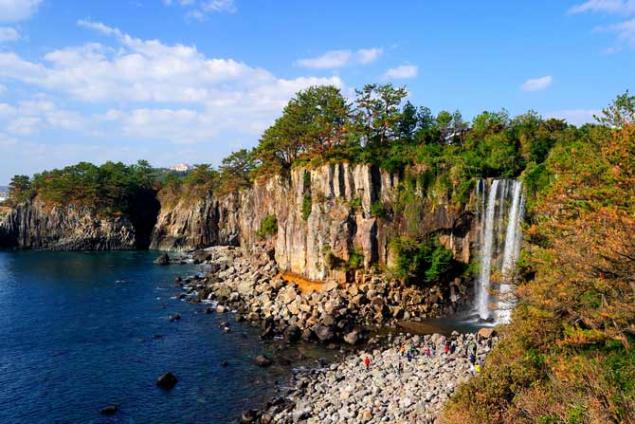
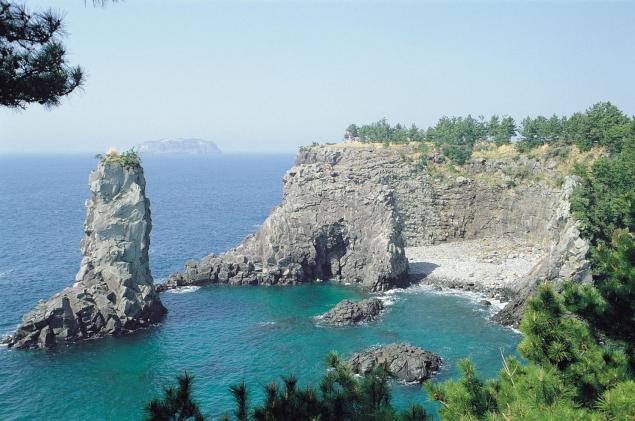
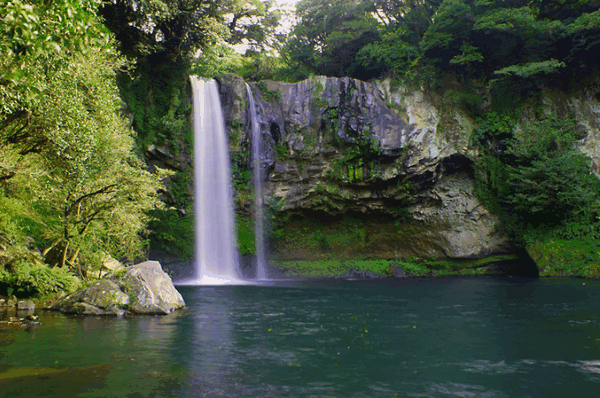
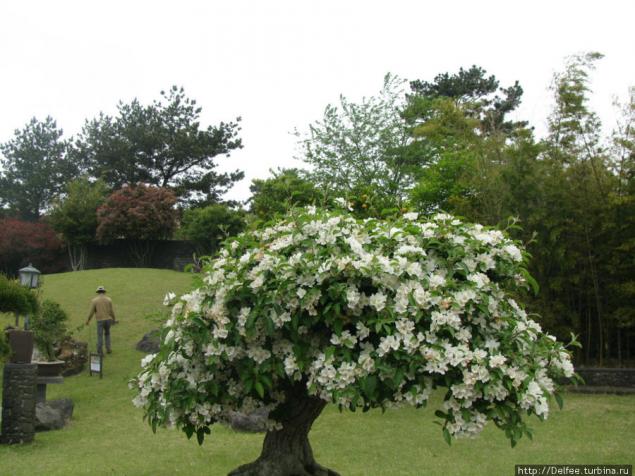
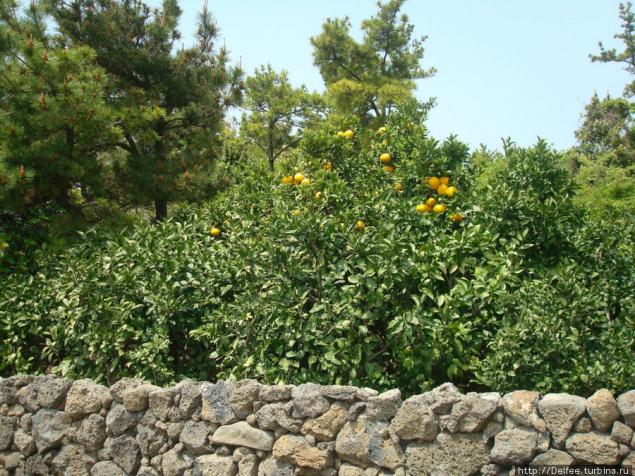
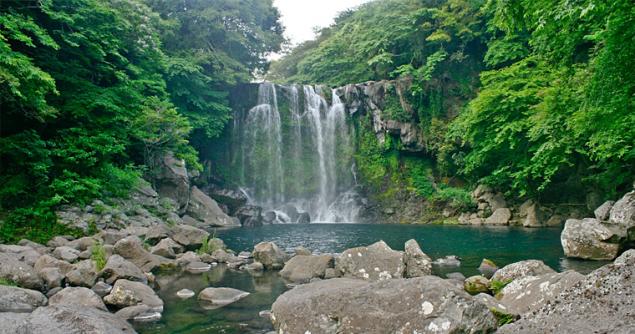
Soon, however, a purely male company first islanders diluted beautiful princess, whose overjoyed brothers found somehow in the box brought by the waves. By happy coincidence, the girls also were three - so the demographic problem on the island was soon happily resolved. Moreover, the princess arrived at Jeju not empty-handed with them to the beach washed up box with a calf, a colt and a fair supply of seeds, which greatly facilitated the life of the first three cells of the local community.
To this day, people here wearing basically these three legendary names - Yang and Ko Pu - consider themselves to be direct descendants of runaway earth brothers. Very willingly and with no small pride they show an inquisitive travelers and famous holes from which their ancestors first emerged, and three caves, each of the three heroes of legend for the first time retired from his princess.
Since Jeju - a volcanic island, hardened lava are found literally everywhere. From black volcanic tuff traditionally built houses and fences made of it the main symbol and protector of the island - a nice lupoglazik Tolharuban (stone grandfather). These stone idols sculpture reminiscent of Easter Island, can be found here at every step. It is believed that hoisted in front of the home, like a small totem column Dzyadok - removes all kinds of family misfortune and bring good luck to the house.
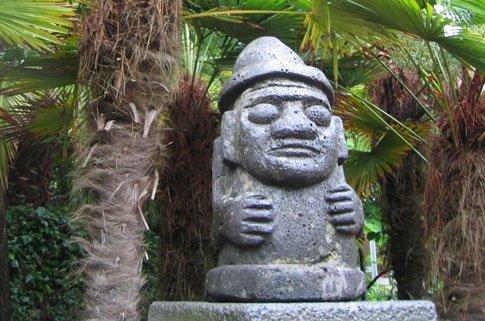
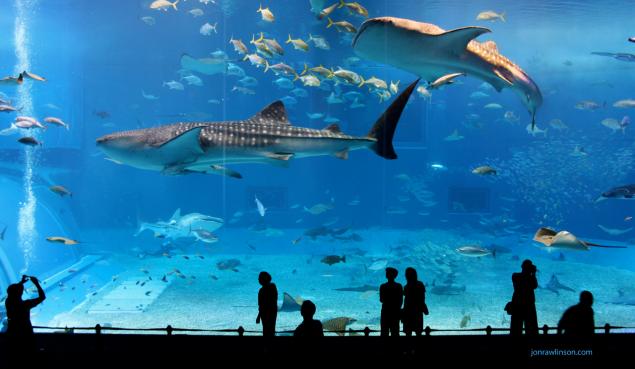
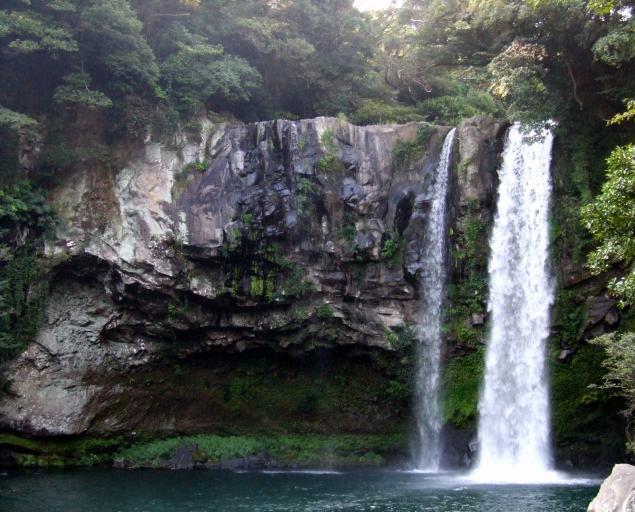

In addition, Tolharuban, according to legend, also fulfills the desire. Rumor has it that particularly like the good old man volcanic taken for the execution of cherished desires related to childbirth. Do you want a boy? There is nothing easier - it just ... pull Tolharubana nose. The girl? Simply rub his old man's ear. And I must say that, judging by the extent otpolirovannosti noses and ears Sorcerer's Stone - Tolharubany not sit without work.
As for the next abundance, in addition to the vast number of stone sculptures, Jeju is famous for its women. This native of the island are very different from the educated Confucian morality of law, domestic and complaisant, Korean women from the mainland. For several centuries the islanders, leaving the chores on their men go to the sea and plunge into its depths. Hene - "women of the sea" - a professional diver. They sink to the sea floor in search of shellfish and seaweed.
No scuba flippers or even local mermaids do not recognize - a black mask so wetsuits for diving. This uncomplicated outfit some particularly experienced diver can dive to a depth of up to 20 (!) Meters. Such are the desperate woman has in the Korean population. They are here to put a monument, and even a museum in their honor opened.
True, young Koreans learn the basics of difficult and dangerous profession, and dive into the depths of the sea in recent years are in no hurry, preferring the traditional local crafts lighter and prestigious job. So whether to keep on Jeju in a decade-more abundantly "sea women" hene - living symbols of the island - the big question.
And the wind, of course, - the third abundance. How else? After around - the Pacific Ocean!
In the southern part of the island is a world famous resort Chunmun, which is recognized as the most beautiful resort in Korea. The tourist complex built on the coast among cliffs, waterfalls, valleys and picturesque gardens. Nearby are numerous beaches, and the most luxurious hotels in Korea. Where the shooting took place many famous Korean films, and, in addition, the resort Chunmun - a favorite vacation spot of Korean celebrities.
In the area Chunmun are several noteworthy tourist sites, which are all within walking distance. Among them - Amusing Museum of teddy bears. Here is the whole history of the world, recreated scenes of the most significant events that have occurred on Earth. A starring arbiters of the fate of the world ... are the bears.
Not far is Chonchzheen and waterfall, which offers a magnificent view of the arch bridge. It is associated with another legend of the island of Jeju. Sonimge, it - seven nymphs Bridge - famous for the fact that at midnight, according to legend, has long attracted seven beautiful mollusks - lovers of night swimming, which under the cover of darkness dive from the bridge and bask under the warm water jets.
Just steps away from the waterfall - Botanical Garden Emidzhi - one of the best in Asia. Lily pond, lush flower gardens and plantations of cacti - delight the eye.
Among the other located on the island and noteworthy attractions: the world's largest forest nutmeg; another waterfall - Chzhonban - the only one in Asia, flowing directly into the ocean; as well as - Seongsan Ilchulbong Peak, which is a huge boulder with a crater that emerged from the sea 100,000 years ago after a volcanic eruption. It is believed that this is - the best place to meet on Jeju dawn. Interestingly, Koreans traditionally sent to storm the extinct volcano, when it begins to approach the end of New Year's Eve to see how the country stands on the first day of the New Year ...
The whole island, endowed with paintings of nature, in June 2007, have been identified by UNESCO as a world natural heritage.
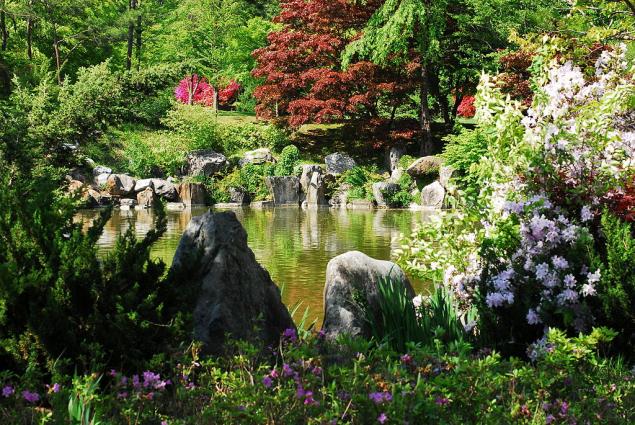
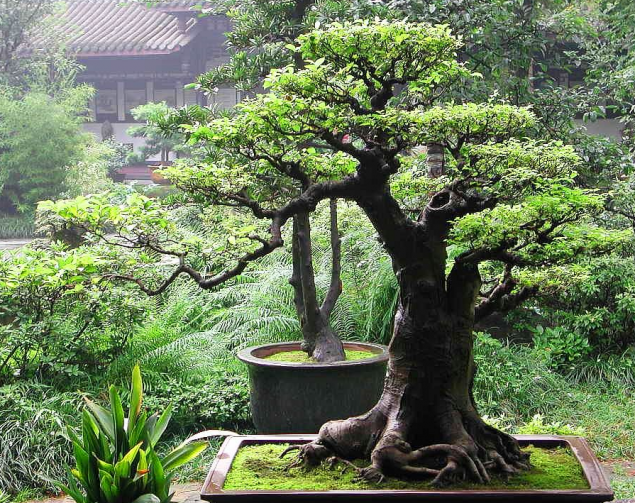
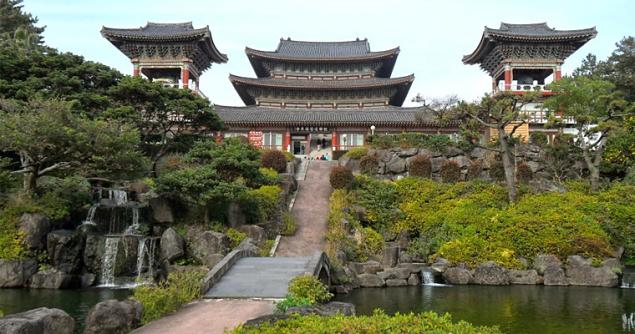
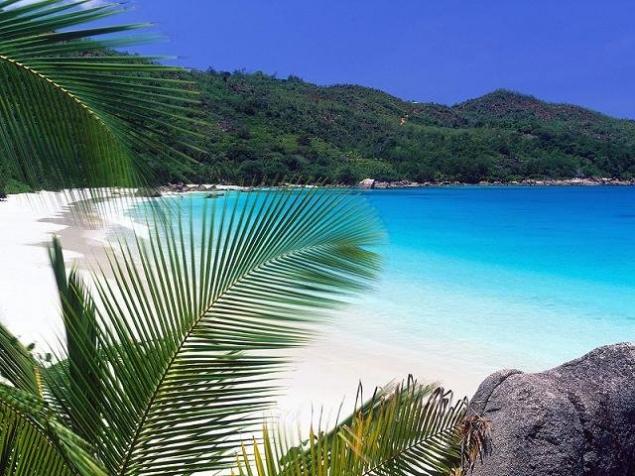
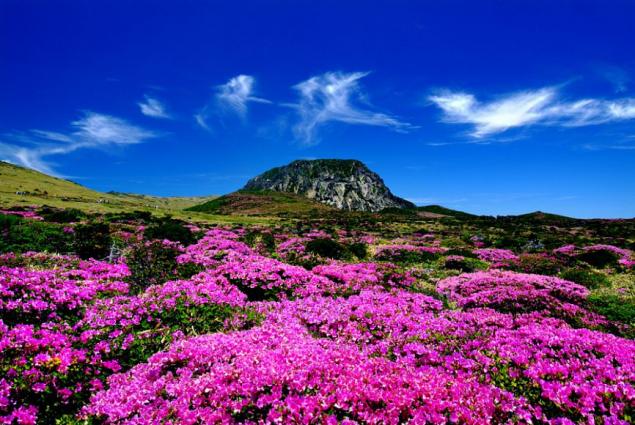
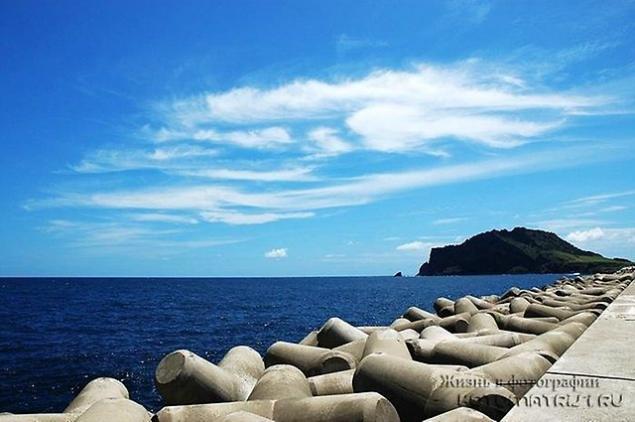
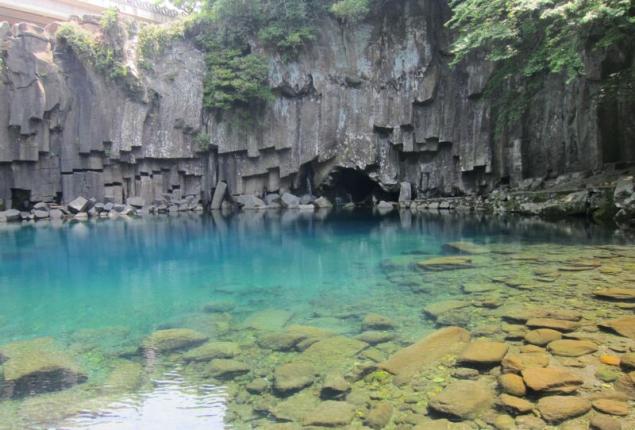
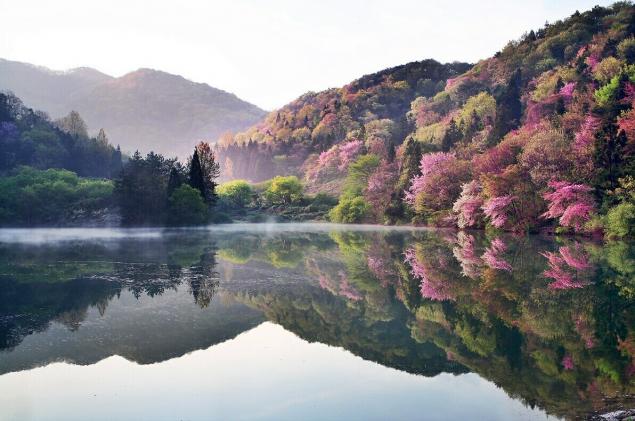
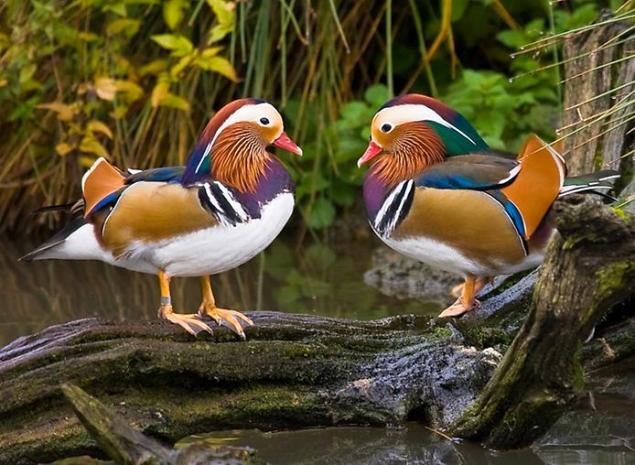
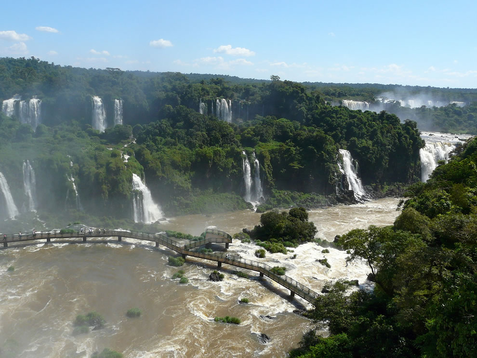
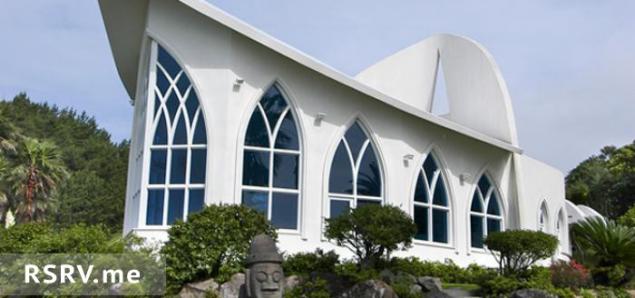
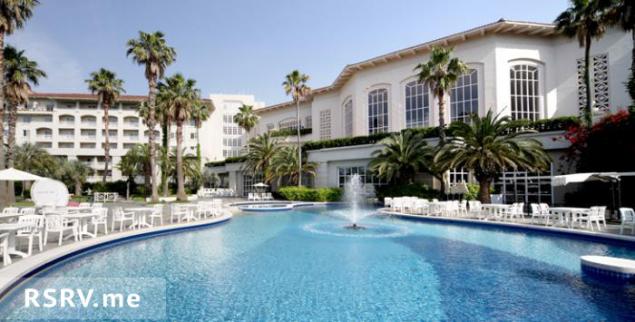
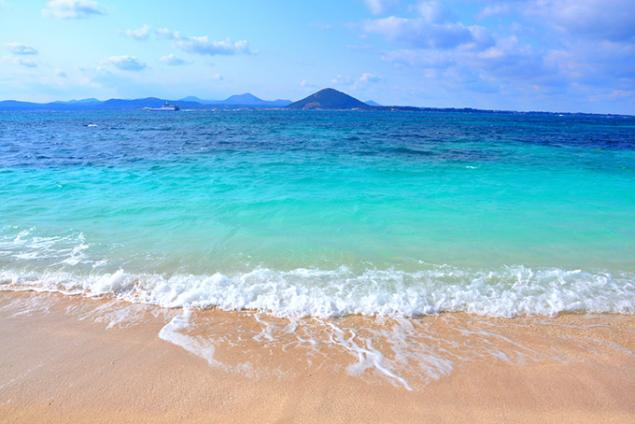
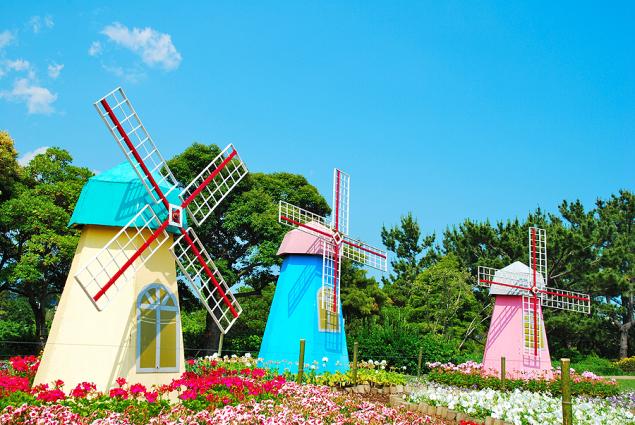
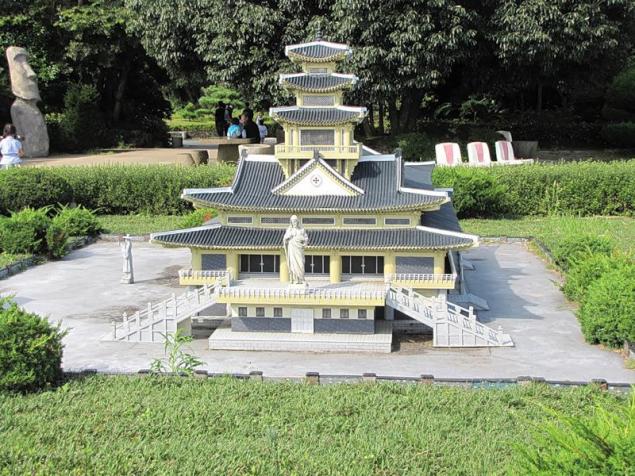
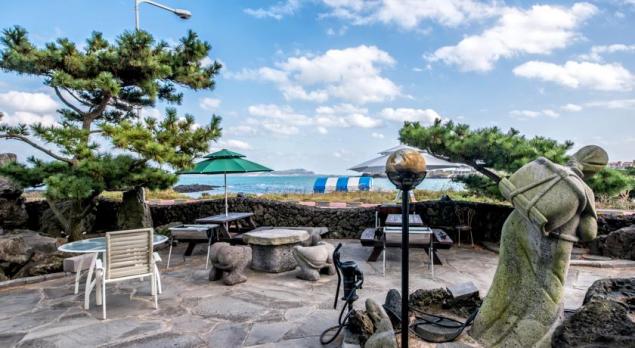
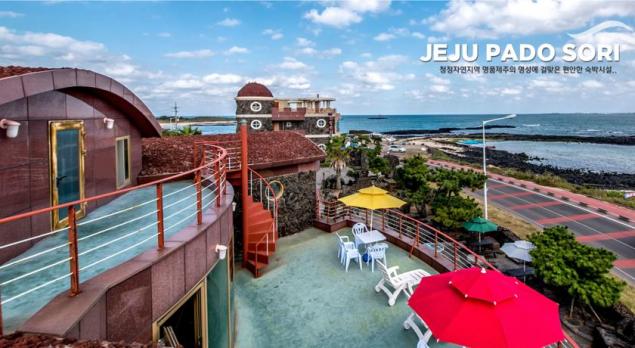
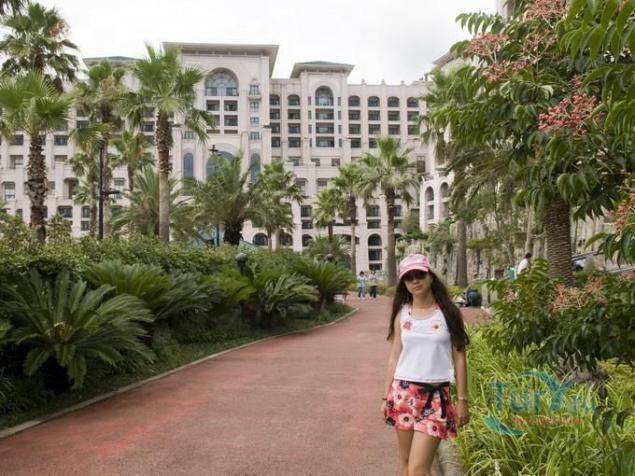
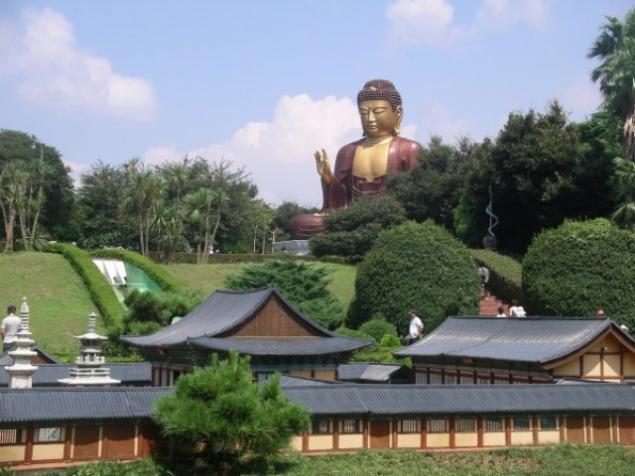
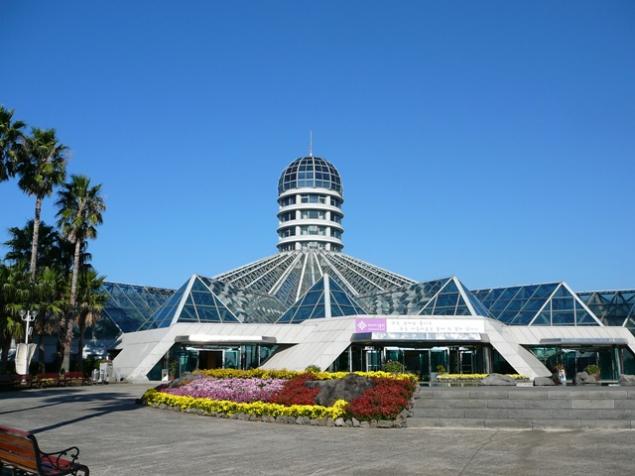
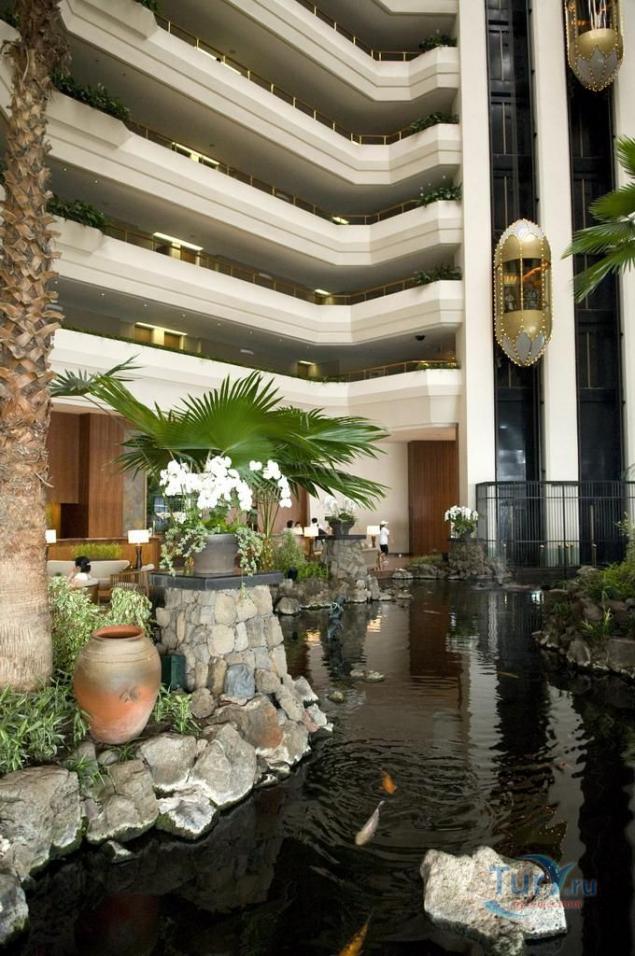
Park Bonsai "Spirited Garden." South Korea about. Jeju
House "Cocoon" by Planning Korea. Jeju, South Korea.



